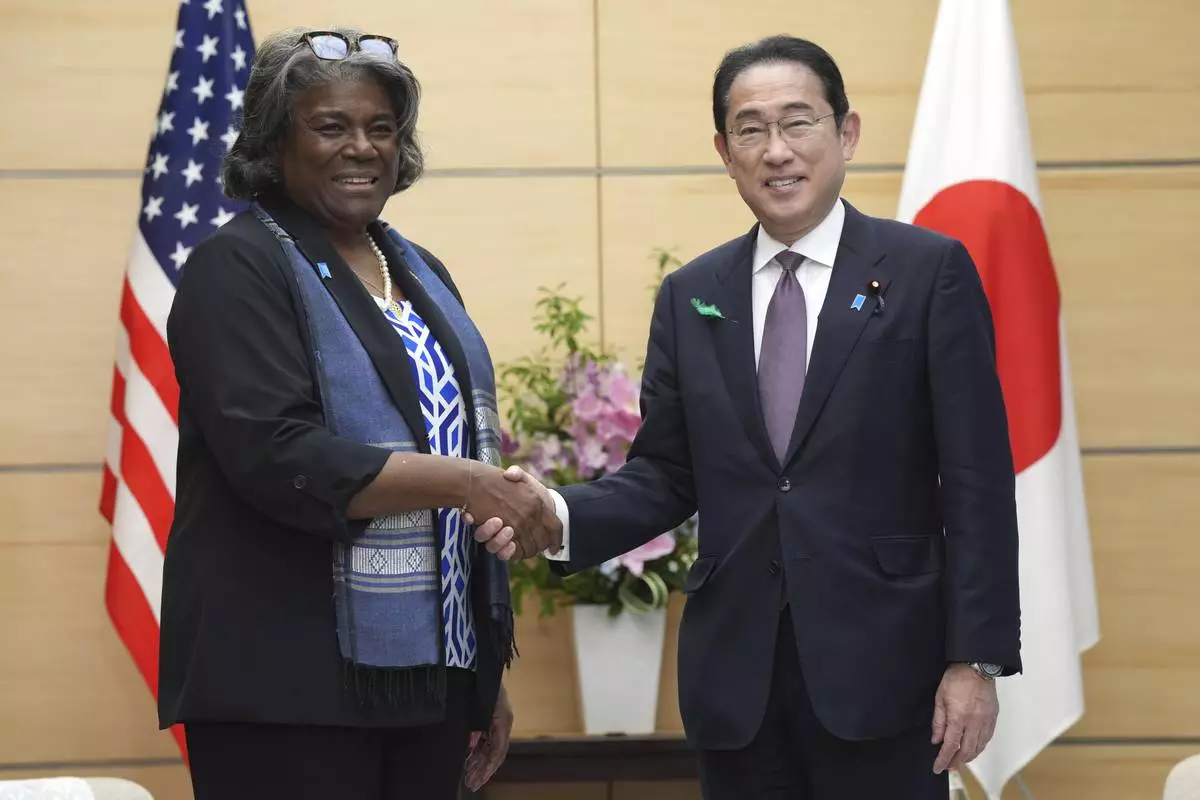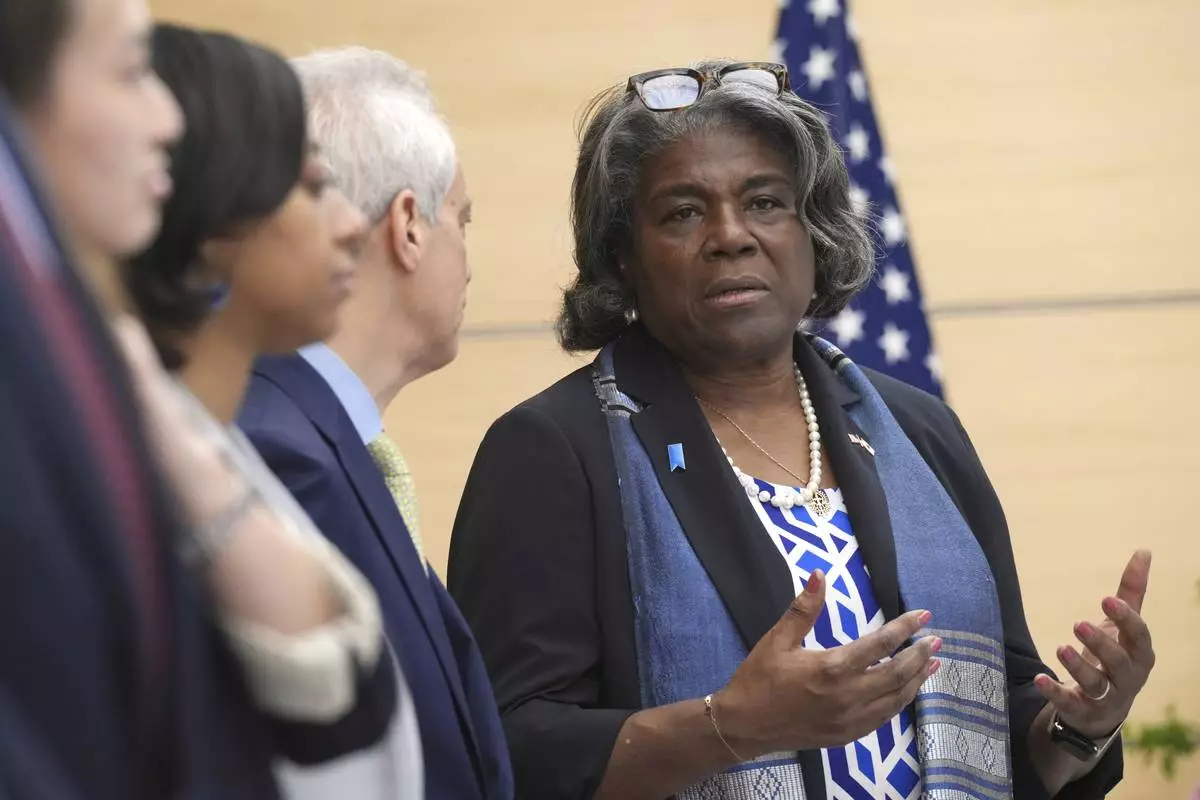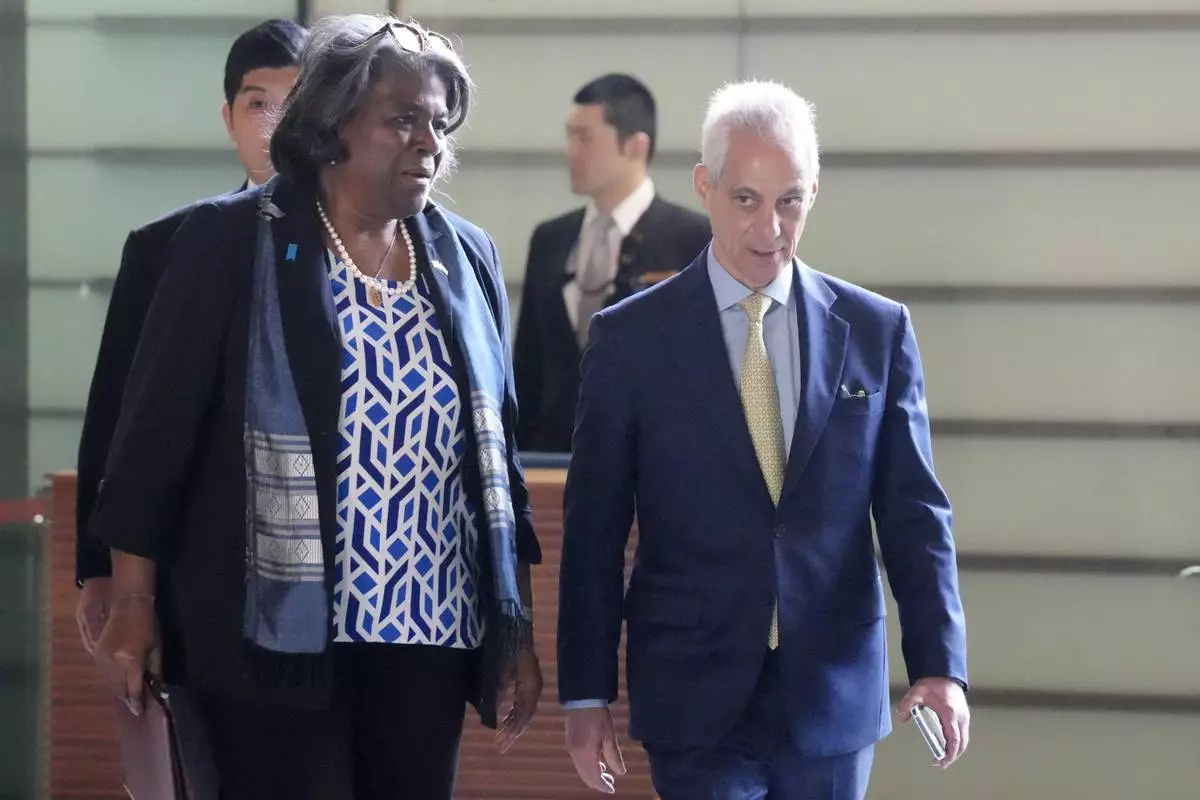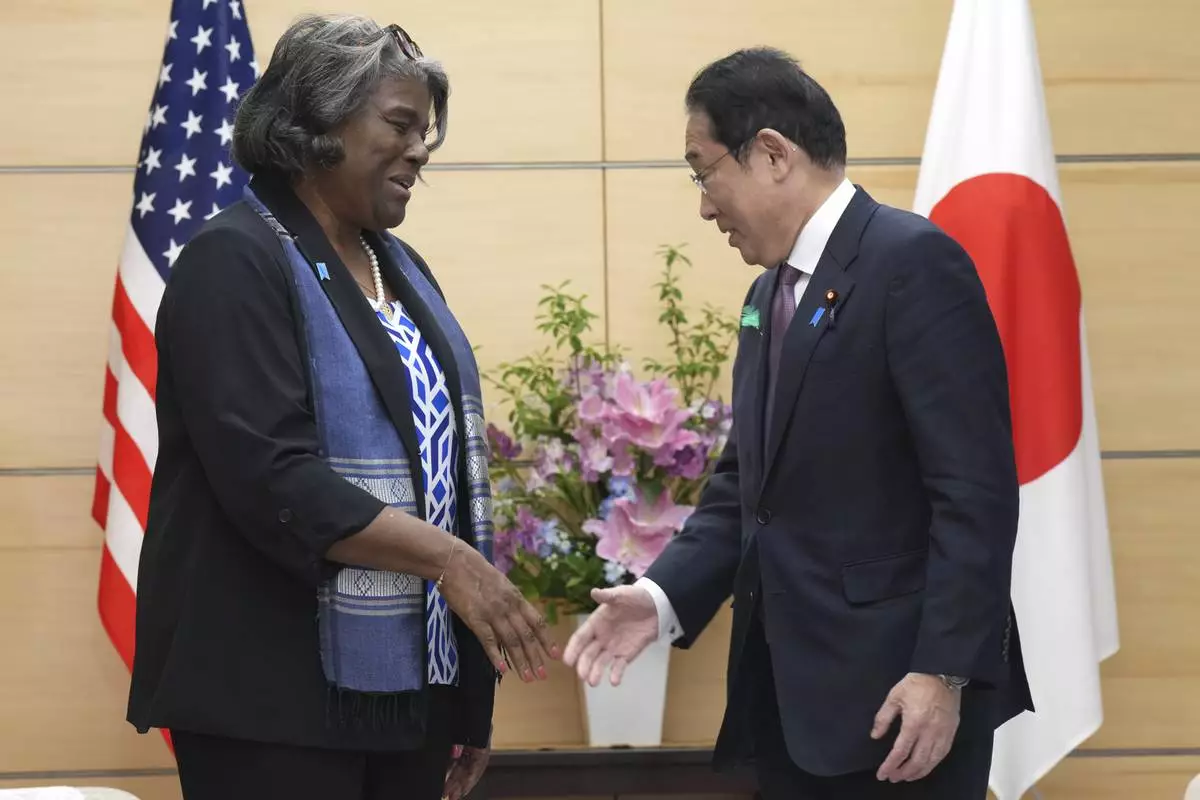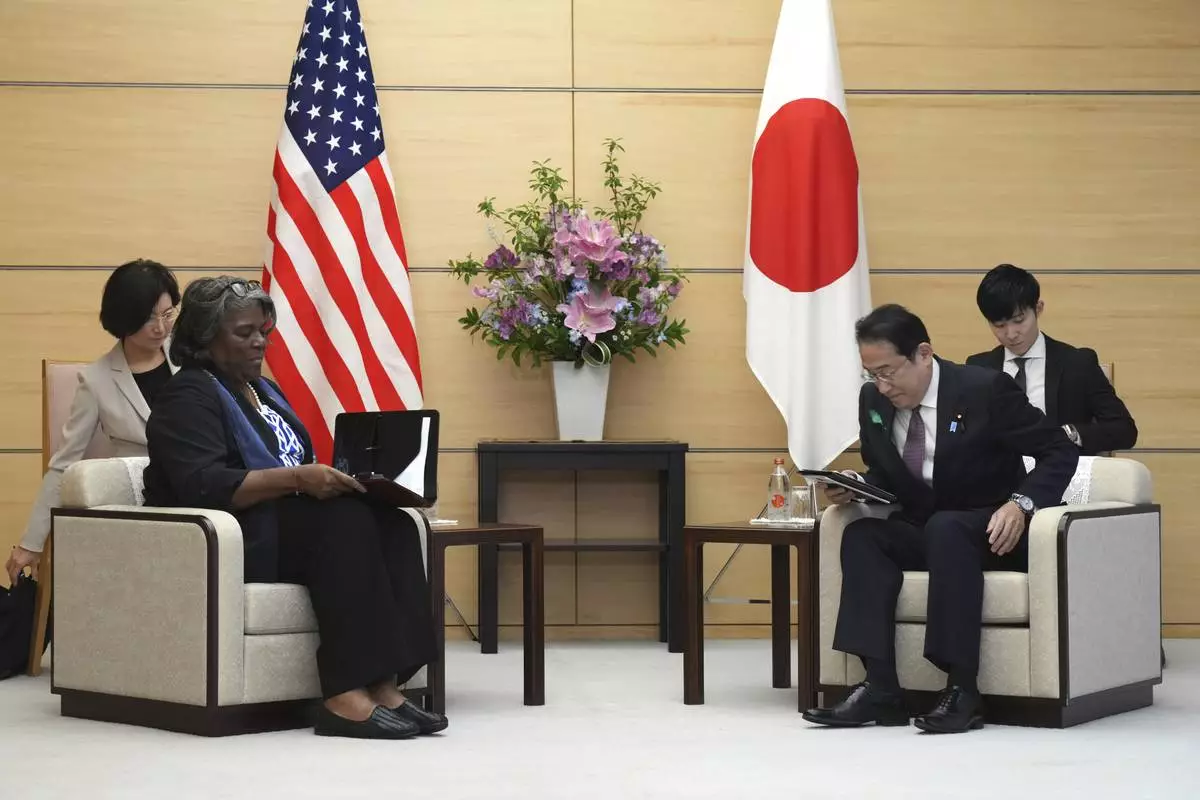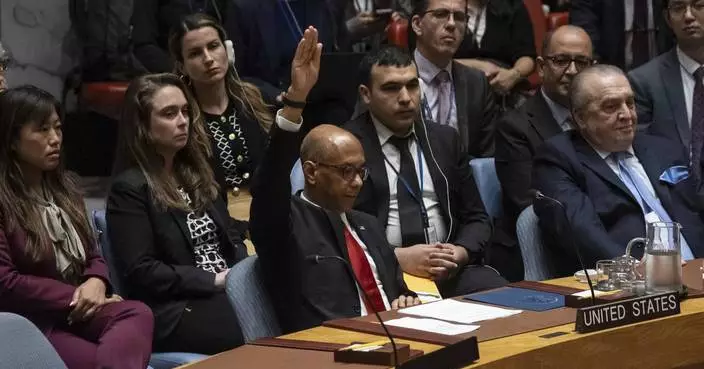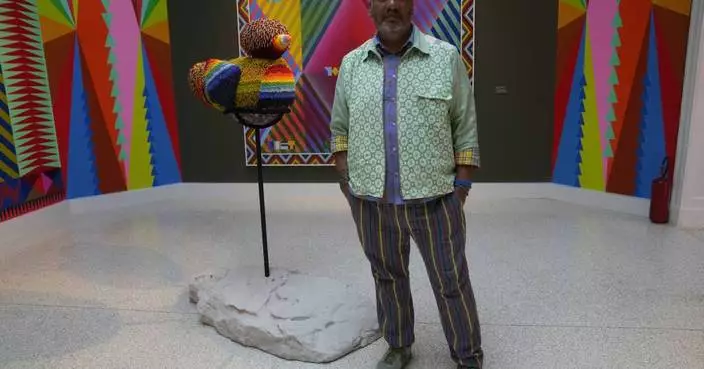Almost a week after an inconsolable 7-year-old girl called her dad, sobbing, from inside in a Texas Border Patrol station, the father says he still hasn't been able to see her. He stayed up nights as she was whisked from facility to facility across Texas, including back into a Border Patrol station where detention lawyers had described perilous conditions with inadequate food, water and sanitation.
On Wednesday, after attorneys sent a legal notice to the Justice Department demanding her release, her father said he was relieved to hear that she was out of the station in Clint, Texas. Attorneys told him she had been placed in a children's shelter in El Paso, but he still felt frantic over his only child's obvious distress.
The little girl caught the attention of attorneys interviewing kids in the Clint station last week, where they said she burst into tears when they asked her a question, and called her father after finding his number written on a bracelet she wore labeled "U.S. parent." But she could barely talk to him on the phone.
"All she can do is cry and cry so much it sounds like she's drowning," said the girl's father, who spoke on condition of anonymity for fear that divulging his name would impact his chances at reuniting with his daughter. "I haven't slept because every day that goes by that I can't talk to her, I think, 'What if I am sleeping well and she's doing so badly alone in there?' This is terrifying."
Her father said he was hopeful he would talk with her in the coming days, and attorneys were contacting government officials and the shelter to expedite the conversation.
The last time they spoke, on Saturday, she was coughing and said that guards earlier had punished her by having her sleep on the floor after children in her cell misplaced a lice comb a nurse gave them, the girl's father said.
Citing violations of the Flores settlement, a legal agreement that requires safe and sanitary detention for migrant children and families, the family's attorney Amy Maldonado said in a legal notice they plan to file a complaint in federal district court, requesting an emergency Temporary Restraining Order and preliminary injunction if the girl is not released to her parents.
"She was forced to sleep on the tile floor as punishment for using a comb," said Maldonado. "I want to find the name of the officer who did that to her."
The legal documents give a dizzying account of the girl's past few days. On Sunday, she reportedly was moved to an Office of Refugee Resettlement shelter in Combes, Texas, a 12-hour drive, but her placement was canceled. She was then taken back across Texas to the Border Patrol station in Clint, while she supposedly waited to be moved to a shelter in San Antonio. The decision was then made to move her to another shelter in El Paso, and then again to San Antonio, the notice said. During the frantic four-day period the girl had no communication with her parents, the notice said.
A Customs and Border Protection official who briefed media Tuesday on condition of anonymity reiterated that with 2,000 kids in custody, the agency is "in a crisis mode." By law, Customs is required to turn children over to the care of the Office of Refugee Resettlement, which runs shelters and camps where kids wait to be reunited with family or sponsors.
He said allegations of civil rights abuse, mistreatment and detention are under investigation. Customs planned a media tour at Clint Wednesday.
The Office of Refugee Resettlement did not provide immediate comment, but officials have said the placement process can take time as they match children's individual needs with their more than 160 different providers, and ensure kids are safely released.
After The Associated Press broke news of the situation inside the Clint station, lawmakers from both parties demanded change. Soon the girl, and more than 200 other children up to age 17, were bused to another U.S. Customs and Border Protection facility on the north side of El Paso, a more temporary, tent-like facility with showers and sleeping mats. By Monday morning, Rep. Veronica Escobar, D-Texas, said she had been told by Border Patrol that fewer than 30 kids remained at Clint, and federal officials said they were preparing to send nearly 250 of the children to ORR shelters, a first step toward reunification.
But in the passing days, Customs decided to resume using Clint as a child-holding facility, both for those who came alone and those separated from their parents and caregivers.
Staffers from several congressional offices said the girl had been slated to joining those heading to shelters and later on to her parents, who are married and have lived in the U.S. for several years working in construction and the cleaning business.
They fled their native El Salvador because of gang violence, and left their daughter in what they thought was a safer region, in the trusted care of her aunt. She was doing well in first grade, and each night would call up her parents to tell them stories of school, and how much she liked pretending to be a doctor who could cure sick people. Then her aunt's relationship turned abusive, and she decided to try to take the little girl with her to safety in the United States, where she hoped she would be better off living with her mother and father.
Instead, her parents had no idea where she was for days, Maldonado said.
"I want to change the way they treat children in this country. They should treat them well and make sure they're with their parents," said the girl's father. "I keep telling her she will be released and we can be together, but the days keep going by and she thinks I'm lying to her."



